Thanks to the publisher and Netgalley for the complimentary e-ARC and the publisher for the complimentary hardcopy. All opinions provided are my own.The Warm Hands of Ghosts by Katherine Arden is one of those engrossing—& not in a polite way—books that grabs you & doesn’t let go. Set during World War I & featuring two siblings—a woman & a man—who have been separated by war, this book is largely concerned with the front, the combat hospitals & ruined villages & military fortifications where protagonist Laura & her brother Freddie find themselves. This is a world that’s been in flux for a long time. Their parents worried & warned about the end of days in the 1910s & their once outlandish, paranoid predictions feel all too real in World War I. Former combat nurse Laura is retired but—upon receiving mysterious items that belonged to her brother & potentially contradictory news about what happened to him—she resolves to return to Europe, serve as a nurse again, & use her downtime to investigate what actually happened. Laura’s perspective is fascinating, as is her brother’s, who we shortly learn was imprisoned in a collapsed fortification with an enemy German soldier. Left to die, the lines between sides blur, & their journey together further complicates it as their relationship is tested by violence & death, potential & actual. The war horrors in this book are real & imagined, & there’s a visceral violence to what happens to people ravaged by war & who are ravaging others. It’s often sad & disconcerting but there is hope too, in the relationship between Laura & Freddie & their burgeoning loves. This is a fantasy that will hold your attention, entice you & leave you feeling both hopeful & unsettled. 4.5⭐️. Out 02/13.[ID: Jess’s hand, partially covered in a tan sweatshirt, holds the book in front of a red, orange, & green set of trees.]
0 Comments
Thanks to the publisher & Netgalley for the complimentary e-ARC. All opinions provided are my own. On a whim I read The Curse of Penryth Hall by Jess Armstrong early & I did not regret it for a second. It was perfect for my mood: a ghostly, post-WWI setting, a murder mystery, an unconventional heroine who flies in the face of societal expectations. (She lives with an older man she isn’t related to! She was once in love with her female best friend! She was an ambulance driver in the war! She has had lovers, as in multiple!) Said heroine Ruby Vaughn is asked to deliver some books. On the journey she reconnects with her former best friend—whom she was once in love with & who broke her heart—& encounters a local witch—hopefully a future love interest!—rumors of a curse, & murder. With bisexual rep, a really great mystery, & a thrilling sense of atmosphere, this was really fun to read. I can’t wait to read the next book & I am hoping hoping HOPING there’s a future slow burn romance! 5⭐️. Out 12/05. Please see a trusted reviewer’s list of CWs.
Thanks to the publisher & Netgalley for the complimentary e-ARC. All opinions provided are my own. A mystery, an obscuring fog, a gay private investigator trying to find a new path in 1950s San Francisco…Lev AC Rosen’s The Bell in the Fog is an engrossing story replete with a noir setting that really satisfies. Andy Mills is a former WWII Navy man & a cop who was fired from the force after being caught in a raid targeting queer people. Now he’s trying to start a new life for himself, a task that’s more difficult with the arrival of an old love who just disappeared one day. In addition to solving a mystery surrounding said old love, Andy also has to reckon with his past as a police officer who is also queer when the police force was and is aggressive about targeting the queer community. If you like flawed characters who are put into difficult situations this is a great book for you. The consideration of queer people just trying to find joy & live their lives as they are & as they please is moving & also ties compellingly to the mystery itself. Add to all of this a budding romance & it’s even better. 4.5⭐️. Out 10/10.CWs: Mention of "whites only" bar. Homophobia. Violence. Murder. Blackmail.
Thanks to the publisher & Netgalley for the complimentary ARC; all opinions provided are my own.Sarah Bird’s Daughter of a Daughter of a Queen tells an exciting story featuring an indomitable heroine who forges her own warrior path that harkens back to her female ancestors before her. Cathy Williams is the granddaughter of an African warrior queen & raised by her mother to believe that she’s not a slave: she’s a captive. In 1864, when Union soldiers led by Sheridan stop by the plantation where she’s held captive, she’s assumed to be a man & becomes contraband of the army where she’ll serve as a cook’s assistant. What follows is a series of adventures in the army, where she’s eventually revealed to be a woman, followed by her service as a Buffalo Soldier after she cuts her hair & takes on the name of William Cathay. Told later, when Cathy’s an older woman living in Colorado, Cathy’s story is vivid & revealed by a voice that leaps off the page. African history & culture—as seen particularly through her grandmother’s & mother’s stories & their words Cathy remembers—are critical to Cathy’s story & to how she sees herself: Black women can & do anything, including take on Rebel soldiers, make new lives for themselves, & serve their country. The book compellingly explores tensions within Cathy’s unit & the unique pressures facing Black soldiers. I found her emotional responses regarding how she identifies as a woman & the gender & racial constraints she faces to be particularly moving. While I appreciate how Cathy’s views toward Native Americans grow more complicated over time, her degrading reference to homosexuality & overall attitude toward it is disconcerting and lacks nuance, to say the least, particularly given that Lem has been one of the most understanding & generous figures in the book toward her. I think that more could have been done with this aspect of the novel, especially since it comes up over & over again. Thanks to the publisher for this ARC. 3.5 ⭐️. Daughter of a Daughter of a Queen is available now.Q: who are your fave historical fiction writers? The Four Winds begins in 1921 when 25 year old spinster Elsa Wolcott, who’s denied love & acceptance by her upperclass family & feeling stifled in their home & her life, sleeps with Rafe Martinelli, an 18 year old Italian-American man. Pregnant & summarily denounced by her family, Elsa is sent to marry & live with Rafe & his parents. Reflecting on the fact that she is not loved, still, Elsa resolves to give her baby the family & home she never had. The book picks back up in 1934 where we learn the effects on Elsa of living in that kind of marriage & trying to keep a home & farm going. Then the dust storms & Great Depression get worse & that’s where the story really takes off. The Four Winds makes it clear from the Prologue that it’s a story about women, & that’s what we get as Elsa tries to protect her family in TX & across the country in CA. Elsa’s story also becomes a migrant camp worker’s story. The parallels between then & now—when the rich get richer off the work & hardships of those who do the work, when politicians & police work to support the system that keeps rich white people rich—are strong. Kristin Hannah is a masterful writer & my emotions were definitely engaged—but while Elsa & her arc are inspiring, her story also feels overtly representative in some ways, symbolic. I felt some distance from her. That feeling is underscored for me by the ending, which is well-written but which I didn’t like on a couple of different levels. This isn’t my favorite of Hannah’s books, & I do have some quibbles, but it’s another stunning offering. I’m grateful that we have this exploration of the power & strength of women & mother-daughter relationships during one of the US’s most tumultuous moments. A story that gives hope & assurance of some kind in the good people are capable of even as it points out some of the worst acts of humanity. 4⭐️. The Four Winds is out on 02/02/21. Thanks to the publisher & Netgalley for the complimentary ARC. All opinions provided are my own.I didn’t know what to expect pretty much throughout my reading of Rachel Givney’s Jane in Love. Unpredictable, fun, funny, & yet sad at moments too, Jane in Love offers compelling observations about our time & the social conditions Jane Austen might have faced as a woman who wanted to write in her own time—but in terms of execution it doesn’t always work for me. In 1803 Jane Austen is a spinster who loves to write but can’t share her efforts with her embarrassed family. After she’s rejected by a promising suitor, she seeks help from a witch & tells her she wants love. As a result she’s sent to the 21st century. Straight to a film set where they’re adapting one of her novels. Jane immediately meets spoiled & yet likable actress Sophia & soon after, Sophia’s brother Fred Wentworth, who irritates Jane immensely. Initially believing that Jane is an actress in a candid camera situation, Sophia is eventually won over to believe Jane's time travel tale—with some funny scenes along the way. Sophia's going to assist Jane in her efforts to return to her own time, but of course complicating everything are Jane’s growing feelings for Fred & her awareness that her lingering time in the 21st century is slowly making her published books disappear. Givney clearly sketches out the dilemma facing Jane: what she stands to lose & gain no matter what decision she makes. A standout for me in this book is the sense of voice. Givney writes voice in such a way that I felt as if I knew the characters; they're unique & memorable. Filled with dry humor, the scenes in which Jane encounters the world of the 21st century & nearly every scene with Sophia are particularly fine. Though it’s not a humorous scene, the pep talk moment between the two women—when Jane coaches Sophia how to act—is written with sensitivity & quite lovely. But the love story between Jane & Fred lacks subtlety at moments & feels rushed. I want to warn my romance-loving friends that this is not a romance. Setting aside that for a moment, the ending overall also feels hurried to me. There are moments of Jane in Love that shine, & those moments focus on Jane as a writer & how that relates to social expectations for women, her sense of personhood, & her relationship with Sophia. I was less convinced & enamored with the “in love” part. 3⭐️. Jane in Love is out on 10/27. Thanks to HarperCollins Publishers and Netgalley for the complimentary ARC. All opinions provided are my own.I don’t even quite know what to make of Samantha Cohoe’s A Golden Fury. I think I started with certain plot & character expectations & the book kept blowing them up. This made for a reading experience that was both captivating & somewhat disorienting & I didn’t feel like I had quite found my footing until the end. Beginning in Normandy in 1792, A Golden Fury tells a story centered around alchemy. Thea has long worked for & with her famous alchemist-mother Marguerite. They’re very close to creating the White Elixir & then hopefully the Philosopher’s Stone when her mother cuts her out of the process & kicks her out of their lab. Thea has never looked to her mom for kindness but this last betrayal is huge. On the same night that Thea discovers that her mother has figured out how to create the Elixir & the Stone, her mother seems to have gone mad & tries to murder her. Out of other options Thea travels to meet the father she’s never met before but not before grabbing some of the White Elixir. She will make the Stone on her & cement her reputation as the foremost alchemist. But things never go as one hopes... Inventively plotted & featuring complex characters, A Golden Fury is intriguing. I love the focus on female alchemists, how Thea constantly rises above the narrow expectations men have for her & forges her own way again & again. This critique likely reveals my own biases, but while I loved that Thea is often unlikeable, there are times that I find her unadmirable & hard to connect to as well. Ditto for most of the other characters, who rarely do “good” things & who live in a world that mostly feels dark & unsettling until the end--which feels a little too hopeful to be entirely believable to me. (Just to be clear: I don’t have to like and/or admire characters to love a book but in this one the individual characters seem portrayed unevenly & I had a difficult time emotionally connecting to them & to the book itself.) On balance, I appreciated how unpredictable this book is, how it took me for a thrilling ride that wasn’t afraid to venture into dark territory, but I also didn’t feel overly invested in any of the characters or their fates, & that's a bit of a disappointment to me. 3⭐️. A Golden Fury is available on 10/13. Thanks to Wednesday Books and Netgalley for the complimentary ARC. All opinions provided are my own.5⭐️. Tropes: Cross-country Western; historical After finishing Amy Harmon’s Where the Lost Wander I had a lump of feelings sitting in my throat. This book beguiled me, pulling me in to a story about love and loss and love again both while reading it and in the months since. I haven’t forgotten it. It’s 1853 and Naomi May is a young widow accompanying her large family to Oregon. The book opens with a group of Native Americans attacking Naomi’s party and Naomi watching as people she loves and has traveled with are struck down until it’s only her and her baby brother left. From there, we’re taken back even further to the past, to the beginning of the journey west when Naomi meets John Lowry, the white and Pawnee man she was immediately drawn to but who resisted her efforts to befriend him—and more—every step of their trip. Where the Lost Wander is an immersive experience, from the creaking of the wagon trains to Naomi’s mother’s wise words and the interaction of her loving, large family, to the tentative efforts of Naomi to reach out to John—known amongst Native Americans as Two Feet—and his efforts to box her out. And the independent, feminist, loving Naomi has her own challenges, particularly those experiences that occur on the journey west. Her stunning resilience gives the book more vibrancy, and her relationship with John—their determination to reach each other—the staying power of a contemporary classic. CW: Rape. WTLW is out on 04/28. Thanks to Netgalley and the publisher for my complimentary ARC. All opinions provided are my own.I received a complimentary ARC of this book from Netgalley but all opinions provided are my own.
I’ve heard a lot of buzz about John Boyne’s The Heart’s Invisible Furies and at the end of last week, I took a break from the romances I’ve been devouring and dove in. The story—which spans 70 years—is plainly but powerfully told, each section focusing on Cyril Avery’s life as he moves geographically from Ireland to Amsterdam to the United States and back home again, and more importantly, from a life of devastating secrets to a life where he lives as he is: a gay Irish man who’s made some big mistakes and been in love and tries to be better all the time. Each section of the book focuses on Cyril’s life 7 years later from the previous section. We get his tumultuous birth in 1945, told from information he received later from his mother, his odd and sad childhood years as the adopted child of an unconventional—to say the least—couple, and the first moments he met Julian Woodbead, the child who becomes Cyril’s best friend and then the man Cyril loves throughout his adolescence and most of his 20s. Since this book goes up to 2015 we get much, much more of course, from Cyril’s furtive sexual encounters in Ireland in the dark, to the lengths he’s willing to go to in order to hide his sexuality, and how it ends up hurting the people he cares about most. Also his years of embracing who he is and how those are sometimes threatened too. And throughout it all is Ireland, a country that’s tragic and that’s home, that Cyril misses even as he acknowledges how damaging it was for him to grow up there when he did. Ireland holds the weight of his and other’s secrets, but it also holds Cyril’s potential chance to make amends and to live a life where he’s truly not hiding anymore. Dedicated to John Irving, The Heart’s Invisible Furies feels comparable to Irving’s books I’ve read, from the style in which the story’s relayed to the moments of humor, which break up the quiet and not-so-quiet moments of sadness. Maybe it’s most similar in how it portrays the characters themselves, who are magnetic and entertaining and frustrating and disheartening (sometimes vaguely repulsive) and loveable. Take Cyril himself, who sometimes comes across as the “selfish” person he’s been accused of being, but who also has a huge heart that’s been bruised and crushed and denied, and whose actions are sometimes horrible but also, to some degree, maybe understandable, given his lifetime of hiding/lying/being ignored. In the end, this book is about Cyril’s life, and it felt true to what I’ve discovered about life: there’s capacity for great ugliness, cruelty, and violence, but there’s also capacity for great forgiveness, hope, and love. There’s also the chance to apologize and work to be better, and that’s one of the most encouraging things of all. 4.5 ⭐️ Thanks to Social Butterfly PR for these promotional materials. All opinions provided are my own. You all, I'm so excited about the release of the fabulous Kerrigan Byrne's The Business of Blood. I can't wait to see what the queen of the uber-emotional, holds-your-heart-in-her-hands historical does with a murder mystery...especially one involving Jack the Ripper! Read on for a blurb and info about where to find this beauty (hint, hint: it's even on Kindle Unlimited!). BlurbLondon, 1890. Blood and death are Fiona Mahoney’s trade, and business, as they say, is booming. Dying is the only thing people do with any regularity, and Fiona makes her indecorous living cleaning up after the corpses are carted away. Her childhood best friend, Mary, was the last known victim of Jack the Ripper. It’s been two years since Fiona scrubbed Mary’s blood from the floorboards, and London is no longer buzzing about the Ripper, but Fiona hasn’t forgotten. She hasn’t stopped searching for Jack. When she’s called to a murder in the middle of the night, Fiona finds a victim mutilated in an eerily similar fashion to those of the Ripper, and only a few doors down from Mary’s old home. The relentless and irritatingly handsome Inspector Grayson Croft warns her away from the case. She might have listened, if she hadn’t found a clue in the blood. A clue that will lead her down a path from which there is no return. As a killer cuts a devastating swath through London, a letter written in blood arrives at her door, and it is only then that Fiona realizes just how perilous her endeavor is. For she has drawn the attention of an obsessive evil, and is no longer the hunter, but the prey. Fiona Mahoney is in the business of blood. But she’s not the only one. With intriguing twists, blood-chilling discoveries, and dazzling prose, USA Today Bestselling author Kerrigan Byrne shows that a woman’s work is never done, even when is sleuthing out a serial killer. Where to Find ItDownload your copy today or read FREE in Kindle Unlimited! Amazon: https://amzn.to/2W79Brj Amazon Worldwide: http://mybook.to/BusinessofBlood Amazon Paperback: https://amzn.to/31q7Q9T Add to GoodReads: http://bit.ly/2qfPPhw About KerriganKerrigan has done many things to pay the bills, from law enforcement to belly dance instructor. Now she’s finally able to have the career she’d decided upon at thirteen when she announced to her very skeptical family that she was going to “grow up to be a romance novelist.” Whether she’s writing about Celtic Druids, Victorian bad boys, or brash Irish FBI Agents, Kerrigan uses her borderline-obsessive passion for history, her extensive Celtic ancestry, and her love of Shakespeare in almost every story. She lives in a little Victorian coast town on the Olympic Peninsula in Washington State with her wonderful husband. When she’s not writing you can find her sailing, beach combing, kayaking, visiting wineries, breweries, and restaurants with friends, and hiking…okay…wandering aimlessly clenching bear spray in the mountains. Connect with KerriganAmazon: https://amzn.to/2LsaJTm Facebook: http://bit.ly/2ZnBVWw Goodreads: http://bit.ly/2IPJTCG Twitter: http://bit.ly/30xkPqv Instagram: http://bit.ly/2ZbXbmQ Stay up to date with Kerrigan by joining her mailing list: http://bit.ly/33VpuF0 Website: https://www.kerriganbyrne.com/ There you have it. I can't wait to read this one and hope to check back in soon with a review! |
About me.Give me that HEA, please.
Join my mailing list.Want to receive a weekly email with links to my latest blog posts? Sign up below!
Archives
April 2024
Categories
All
|
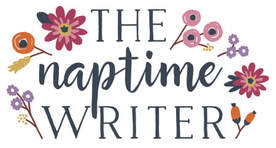
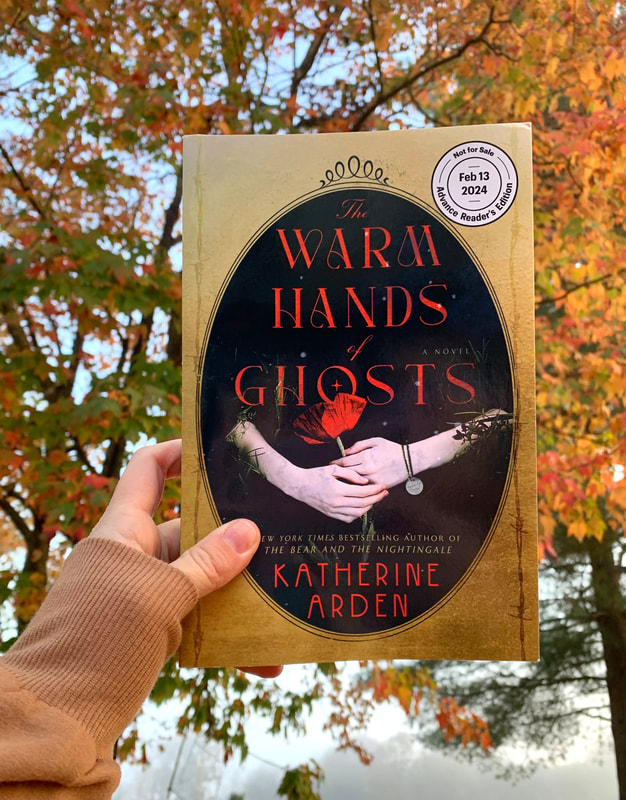
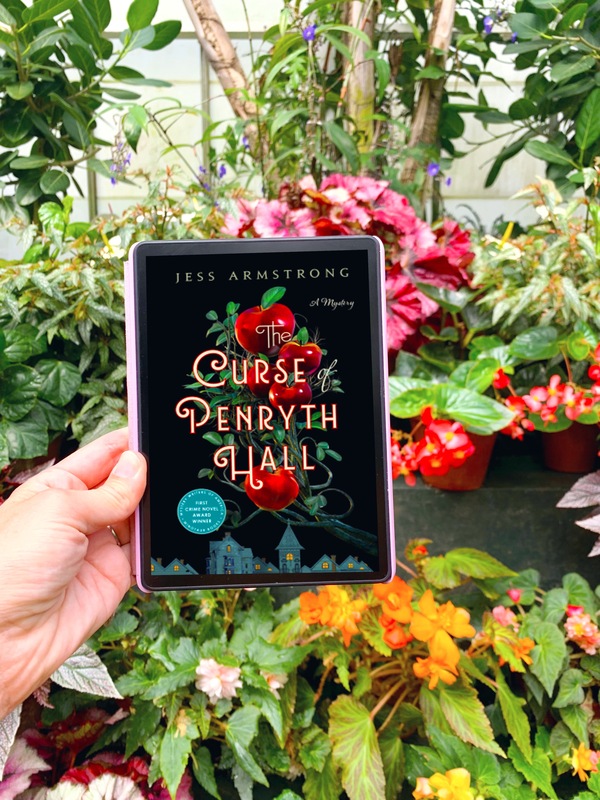
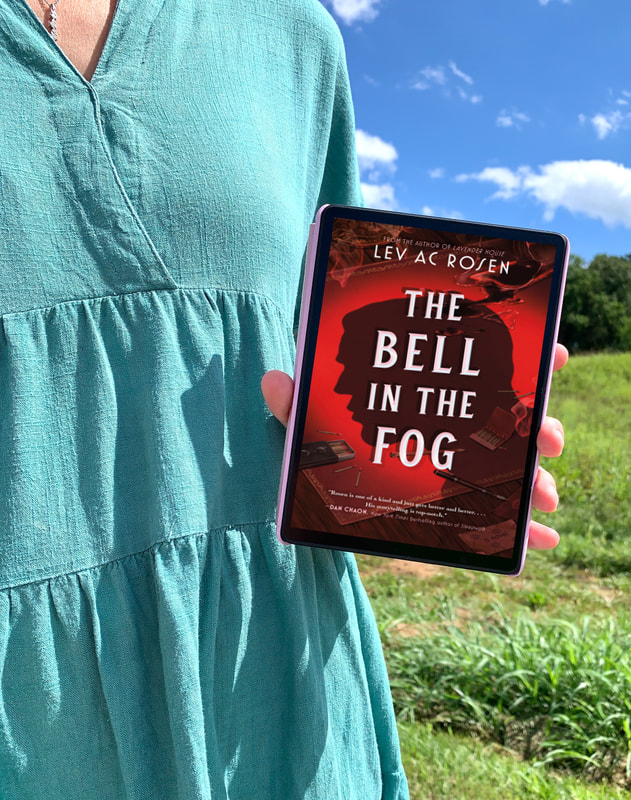
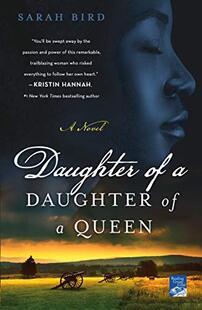
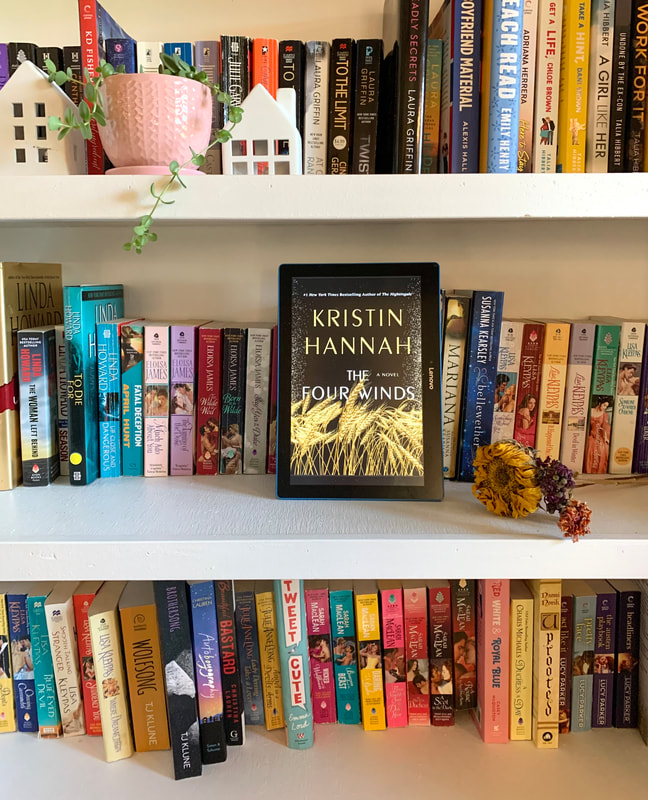
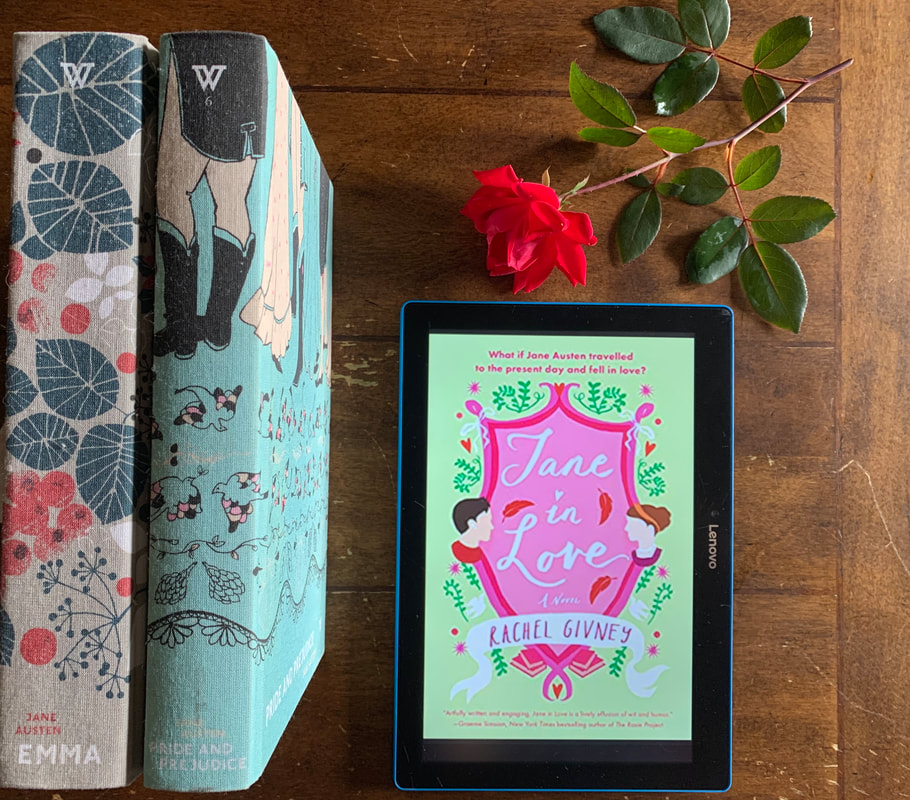
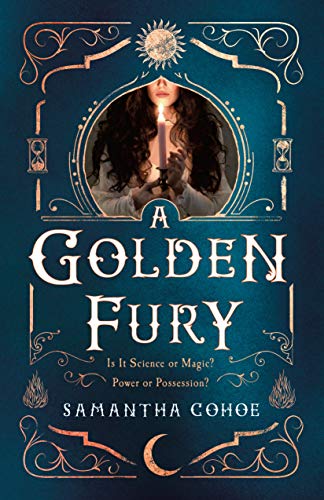
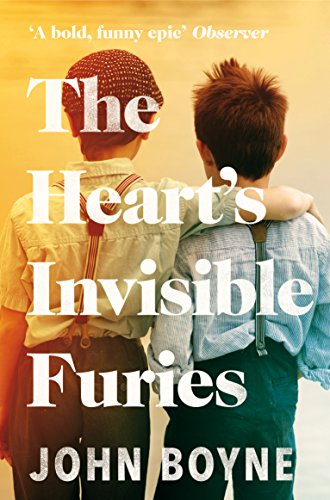
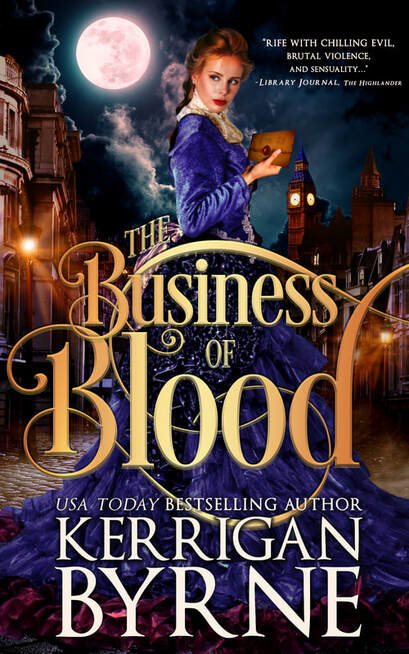
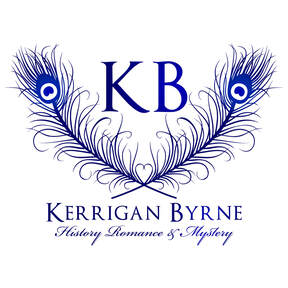
 RSS Feed
RSS Feed
